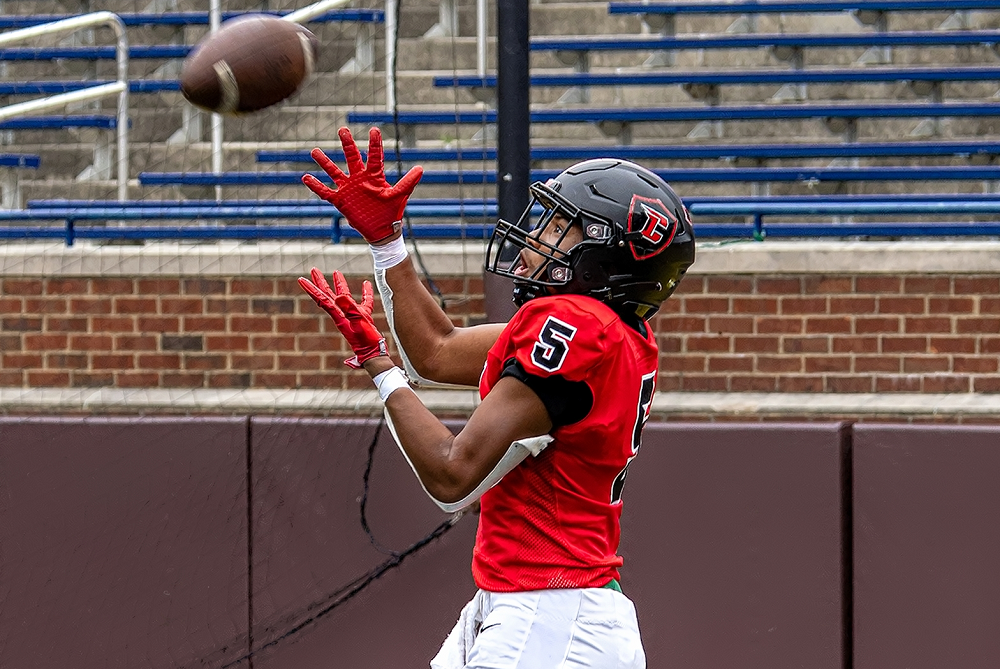
Be the Referee: Illegal Football Kick
October 22, 2020
This week, MHSAA officials coordinator Sam Davis presents a "You Make the Call" on the legality of a kicking scenario.
Be The Referee is a series of short messages designed to help educate people on the rules of different sports, to help them better understand the art of officiating, and to recruit officials.
Below is this week's segment - You Make the Call: Illegal Kick - Listen
Here’s a you-make-the-call situation today. It’s fourth down and a field goal is being attempted – but the holder muffs the snap. With the loose ball rolling around, the kicker swings his leg at it and boots it through the uprights. You make the call – is this legal?
There are only two ways a ball can be legally kicked for points on a play which starts with a snap from center. One is a place kick being held by another player – the other is the rarely seen drop kick.
Had the kicker picked up the ball, dropped it to the ground and kicked it on the bounce through the uprights, the result of the play would have been a field goal. In this instance, though, a 10-yard penalty is assessed from the line of scrimmage for illegal kicking, and the opposing team takes over from that spot.
Past editions
10/15: Toe the Line on Penalty Kicks - Listen
10/8: Disconcerting Acts - Listen
10/1: Ball Hits Soccer Referee - Listen
9/24: Clocking the Ball from the Shotgun - Listen

Be the Referee: Football Rules Differences
By
Sam Davis
MHSAA Director of Officials
August 23, 2023
Be The Referee is a series of short messages designed to help educate people on the rules of different sports, to help them better understand the art of officiating, and to recruit officials.
Below is this week's segment – Football Rules Differences - Listen
The first week of the high school football season is always exciting … and sometimes confusing. Here are some – not all – differences between the high school game and what you see on Saturdays and Sundays.
In high school, there is no such thing as an uncatchable ball when judging pass interference. It is a penalty if there is illegal contact, whether the ball is catchable or not.
In overtime, high school teams start with the ball at the 10-year line – not the 25 like in college. And in high school overtime, you are only able to get a first down via penalty. And, at no time is a high school team required to go for two points.
And on extra point plays, if the defense gains possession, the try is over. The defense cannot return the ball for two points.

